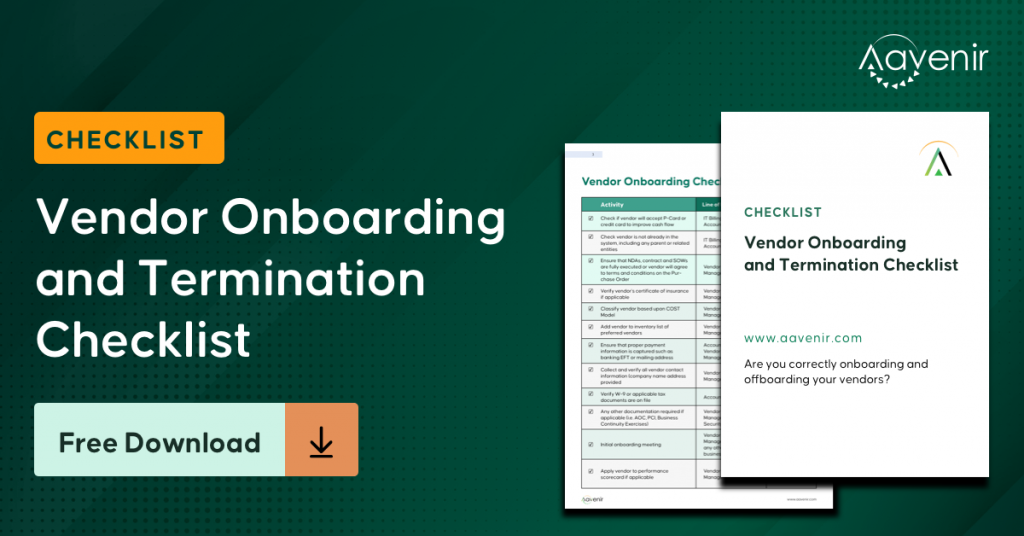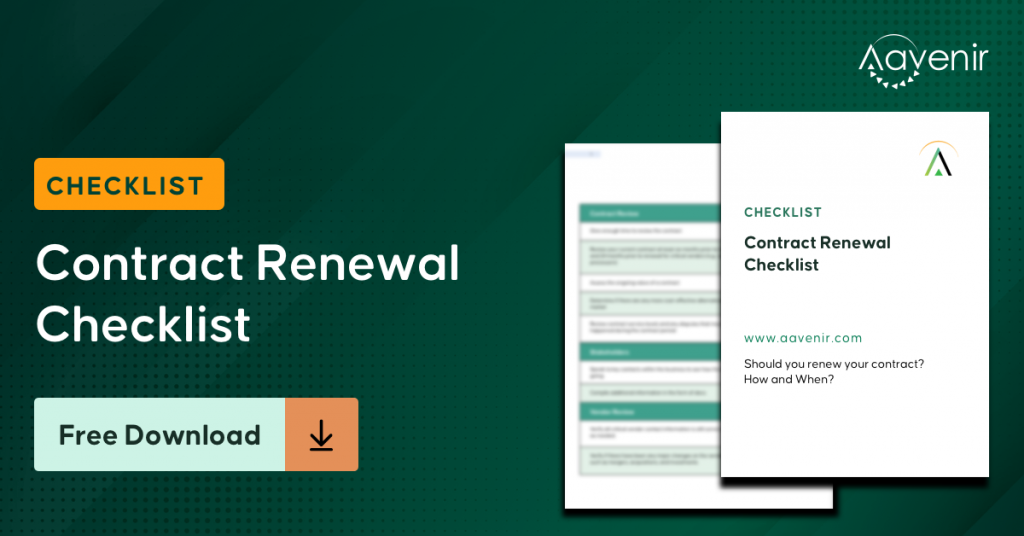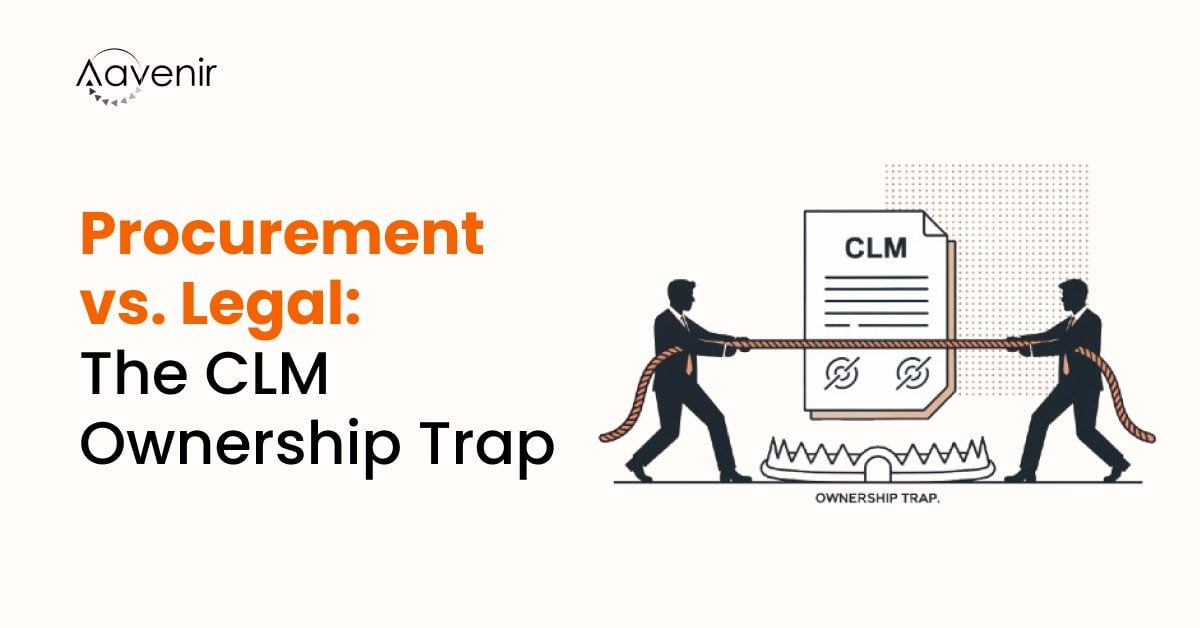In the entire Source-to-pay cycle, vendor management is often overlooked. Organizations pay attention to sourcing management, contract management, and automation of their accounts payable processes. However, they often miss paying due attention to one of the core elements, vendor collaboration. The vendor landscape is often incredibly complex. Vendors often struggle to connect with customers because they don’t have a central place to share information. Vendor portals are designed to bridge this gap. Vendor portals are becoming increasingly important tools for vendors to collaborate with their customers.
Vendors play long-term and paramount roles in businesses. Many procurement departments have long held to an “us” versus “them” mentality. However, as the number of engaged suppliers grows, the need for collaboration amplifies for better vendor management. Vendor portals are here to solve this problem. Precisely, vendor portals provide a single point of contact for organizations and enable them to access information and services from multiple channels.

The benefits of using a vendor portal include the following:
- Improved communication and collaboration between organizations and their vendors
- More efficient processes
- Reduced costs
- Faster transactions
- Easier management of accounts
Role of Vendor Self-Serve Portals in Strengthening Vendor Collaboration
A vendor portal helps organizations improve their relationships with their vendors. Vendor portals contribute to the optimization of transactions with automated processes and subsequent reduction in the number of administrative chores that must be completed by staff.
1. Helps to Standardize Processes
Vendor portals can significantly enhance the ability of B2B companies to track their vendors and collate consistent data. With standardized processes, vendor portals can help optimize the process of vendor data management. Standardized procedures provide an expanded ability to monitor and track progress and performance; hence, businesses can act in advance and take action when they need to before problems emerge.
In addition, a vendor portal can help with vendor onboarding, invitations, documentation updates, and performance assessments, ensuring that tasks like data collecting are handled consistently across several vendor contracts.
Download Vendor Onboarding and Termination Checklist:

2. Identifies and Eliminates Bottlenecks
Companies take some vendor management processes for granted, resulting in bottlenecks during the early stages of a relationship with a new vendor. While this usually causes processes to take considerably longer than they otherwise would, portal solutions can assist businesses in identifying and eliminating bottlenecks, allowing the entire process to run much more swiftly and efficiently.
Download RFP Template for Vendor Relationship Management:

3. Allows Direct Information Updates
These portals also allow buyers to directly update their information, such as contact details, which means that it is no longer necessary to get in touch with suppliers on their behalf to update that data. This is another crucial feature contributing to more streamlined processes, reducing the administrative workload that would otherwise be required without a vendor portal.
4. Provides Self-Service Options for Better Vendor Collaboration
Vendor portals are self-service solutions that allow suppliers to perform multiple tasks autonomously. For example, they can:
- log in and view their orders
- view real-time statuses of their requests
- submit their invoices
- track their payments, and much more.
A self-service vendor portal also offers timely responses to any questions vendors may have in a much less costly manner than is the case with manual customer service.
In addition, this can contribute to a significant reduction in the number of emails, faxes, and phone calls relating to the receipt of invoices and the status of payments that would otherwise have to be dealt with by staff members. This frees up their time, allowing them to focus on higher-priority tasks.
5. Enhances Document Sharing and Access to Information
Vendor portals can also assist B2B companies with document sharing, which again increases efficiency in regard to communication and the time taken up with emails.
In addition, vendors and buyers have access to important information via a central repository, which makes management much more straightforward as businesses begin to scale and the complexity of their vendor bases grows. Having easy access to crucial information also makes it easier for companies to make more accurate and informed decisions about their vendors.
Buyers and vendors also get to have a shared view of their shared data, which allows for increased collaboration and can significantly assist issues such as dispute resolution or when corrective actions need to be taken by either or both parties.
These vendor collaboration portal solutions also enable B2B enterprises to make direct inquiries from vendors and securely receive and store that information. As a result, confidential information such as reviewing contracts and renewals management can all be handled directly and securely within portals.
Download Vendor Contract Renewal Checklist

6. Improves Reliability With Automatic Notifications
Organizations can also use a vendor collaboration portal to set up automatic reminders for specific key dates, such as code of conduct collections, certificate expirations, and likewise, meaning that key milestones will now no longer be missed. This lessens the dependence on employees to recall and keep track of dates while ensuring that all key stakeholders are informed at the appropriate time to avoid process delays.
Contract managers can also use the notification process in portal solutions to communicate with vendors, broadcasting messages to one or multiple vendors depending on the selection criteria input.
7. Improves Visibility and Turnaround
When there is no automation, there is no or zilch visibility into a company`s function. In the case of vendor management, organizations might struggle to get visibility in some instances until the receipt, opening, and manual entering of an invoice data entry is done into the system.
However, vendor collaboration portals can change this and provide complete visibility from when the invoice is submitted to receipt, approval, status, and payment. Portal solutions can also help with onboarding new vendors and ensure their information is regularly updated, thus offering complete visibility at all necessary levels throughout an organization.
Over To You – Ensure No More Bottlenecks With Vendors
Communication and collaboration with vendors via email or other unstructured communication channels may work as a temporary solution for the short term. Still, when a business scales and its vendor base expands, it is a method that will inevitably end up being insufficient. Storing actions, documents, and messages in an email inbox can result in fragmentation that an absence of standardized processes will further exacerbate.
As per Protiviti, only 40 percent of organizations have a fully mature vendor risk management process in place .
Vendor management is not a solitary, arbitrary, or one-off process. Instead, companies must commit to regular monitoring of contract performance against clearly defined targets. Successful long-term relationship building with vendors that allow businesses to make the most of those agreements and vendor collaboration requires a seamless experience for vendors through all stages of their life cycle.
Get in touch with us and explore our solutions to give vendors a more personalized experience while ensuring businesses remain in complete control of their data, onboarding, performance, and registration.



